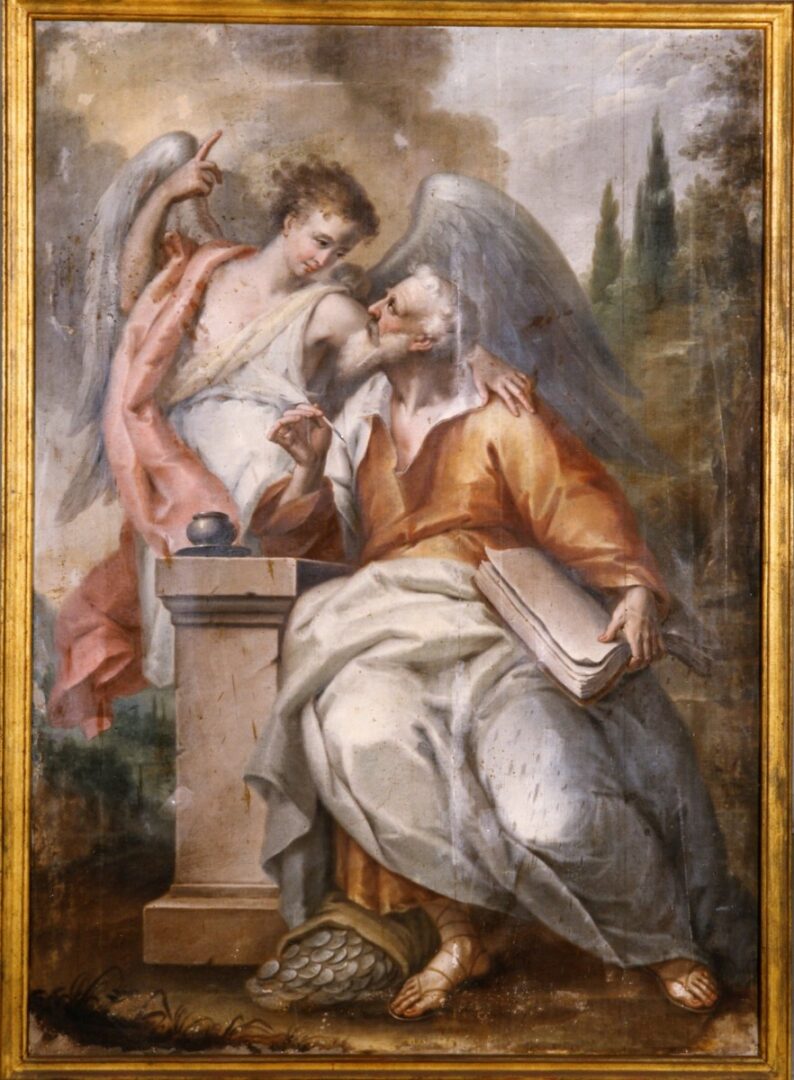
Constitutional revision (1803)

After continued tension throughout the Ionian Islands, the constitution of the Septinsular Republic was revised in late 1803. The so-called Aristocratic Constitution because its first article stated, “The Republic of the United Seven Islands is one and aristocratic”. Russia appointed the Zakynthian nobleman, Georgios Motsenigos (1765–1836) as commissioner (essentially the executive of Russian and Ottoman Turkish interests) of the Republic in late 1802. Furthermore, it appointed the Zakynthian Antonios Komoutos (1748–1833) as President of the Republic and the Kerkyrian and future prime minister of independence Greece, Ioannis Kapodistrias as secretary-general. The Zakynthian Spyridon Neranztis (1760–1833) was also recruited to help draft the revision of the constitution of the Septinsular Republic and also became financial administrator and the Zakynthian, Dionysios Flambouriaris became minister of the interior. Three out of the four ministries of the Septinsuler Republic were now held by Zakynthians.
Another important development during the revision of the Constitution of 1803, was the formation of a 1,200 strong militia for each island recruited from all classes of the islands. Some members of the old Ionian Island Nobili resisted this – harking back to their arguments made on the eve of the Rebellion of the Popolari in 1628 – arguing that only peasants should be subject to military obligations. However, it was finally passed in the Ionian Assembly. Many Arvanite-speaking irregulars served in this militia. Critically, the militia was initially controlled by James Callandar was appointed to lead the militia initially. A short while later after the departure of James Callander, Antonios Martinengos’s brother, Ioannis was appointed to lead the militia.
There was a further revision of the Constitution in 1806 which gave Russia further power to intervene in the internal affairs of the Septinsular Republic. More positively, for the next couple of years the economy of Zakynthos and many of the Ionian Islands grew strongly; particularly the production and trade of currants in Zakynthos and Cephallonia and olive oil in Corfu. Also, shipping was also a rapidly growing industry; particularly, in Cephallonia. However, broader geopolitical events were again about the change the political situation in Zakynthos and the Ionian Islands.